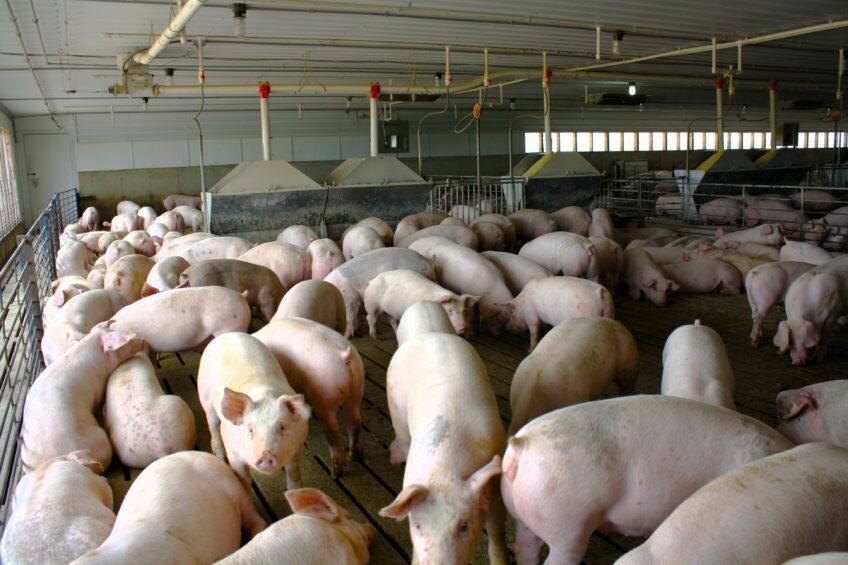Rabobank: Hog margins to rise in United States

Hog margins in the US are bound to rise to unparalleled highs in the months to come. This projection was made by James Kenwood, managing director and coverage banker at Rabobank International.
Kenwood spoke of record profitability of $30 or $35 per head, even topping the 2004 results. A large part of the margins are due to higher prices for carcasses. This is related to the current nationwide outbreak of Porcine Epidemic Diarrhoea virus (PEDv), a disease that affects mainly neonatal piglets and creates a shortage of available pigs on the market. Kenwood said, “PED is a real wild card. How much will it affect production levels? Will it be 2%? Or 5%?”
In addition, feed prices have also come down and expectations are that they will likely remain at this level for some while.
Kenwood presented his vision on the future of the US pork industry at the first VIV International Pork Production Summit (VIPPS), held during the International Production and Processing Expo (IPPE) in Atlanta, GA, United States. The event took place in the Georgia World Congress Center.
Kenwood dismissed the idea that the Chinese refusal to accept ractopamine pork is a political game. “I don’t think this is lip service. People really want to know what is in their pork. They would like to see a good product.”
The Chinese view
One other keynote speaker was Ma Chuang, vice secretary-general of the Chinese Association of Animal Science and Veterinary Medicine, and partner at Boyar Communications. He spoke of the effects of recent legislation of a new large-scale waste disposal act, effective January 2014 in China. This could lead to relocation of pig production sites.
The growing question is how China is going to feed its population now demand to proteins are rising. The importance of the takeover of Smithfield by Shuanghui cannot be emphasised enough in this respect.
Chances for the US in China
Prof Dr Dermot Hayes, Iowa State University, at the invitation of Reed Business Media, spoke about chances for the US pork production as China is likely not to be self-sufficient in terms of feed and food. He referred to similar scenarios happening in South Korea, Japan and Taiwan – where demand overtook the production capacity of the often mountainous inlands. The direction of China’s leaders appears to go in this direction too.
This presentation will be discussed in more detail next week.
Other speakers included Simon Lague, Fancom, who spoke of iFarming; Dr Guido Klement, PigTek, highlighting smart technology on the farm; and Sean Francy, Valco, who spoke of swine ventilation management. The farm management session was completed by Pig Progress editor Vincent ter Beek, who spoke of the Fourth P of pig production.
In simultaneous sessions there were also speakers addressing topics on feed and nutrition (high feed prices, phytase and mycotoxins) as well as animal health (trace minerals, antimicrobials and PED virus).
More pork at IPPE
The first VIPPS event attracted about 100 delegates. A second edition is scheduled for IPPE 2015. After having included the meat processing sector in 2013, it was the first time that IPPE also covered the pig industry. In the halls, a dedicated Pig Pavilion showed the event’s commitment to pigs.











